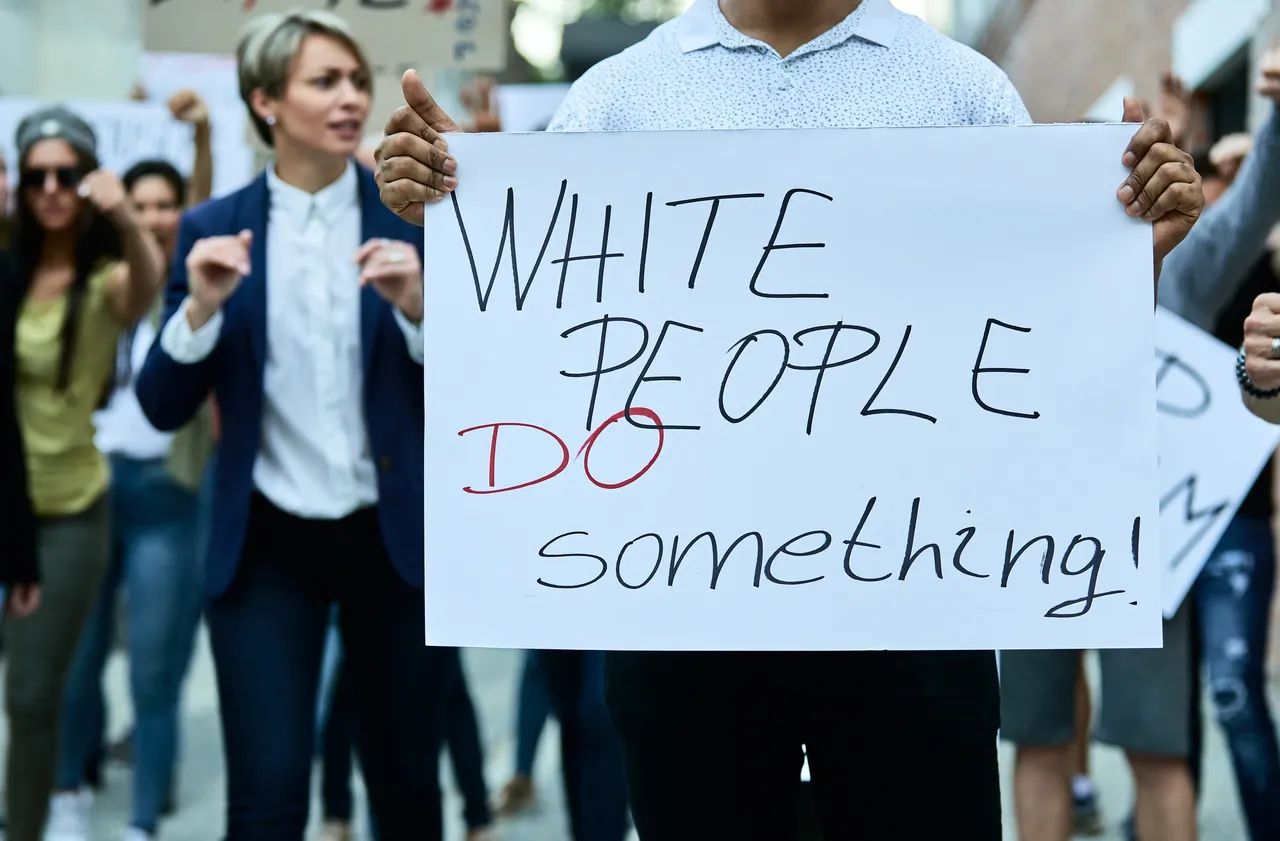Dear White People: It is Time for Us to Step Up

Dear Fellow White People,
To say this is a tumultuous time is, of course, an understatement. Coming on the heels of three months of shelter-in-place , the events surrounding the murder of George Floyd and the COVID-19 pandemic’s disparate impact on communities of color, especially Blacks, has left any conscious, feeling person with a cacophony of emotions: sadness, grief, and frustration. This is a kind of outrage that can only come when anger is fueled by generations of resignation that things may never change.
Both Minnesota Governor Tim Walz and President Donald Trump commented that “These protests are no longer about George Floyd.” They were right, but not in the way they meant it. The point they missed, is that they never were really about George Floyd. They were triggered by this shocking murder that was so grotesque it reignited people’s rage at a systemic pattern in our society that echoes through George Floyd in so many other names: Breonna Taylor, Ahmaud Arbery, Philando Castile, Tamir Rice, Sandra Bland, Michael Brown, Rodney King and more. And these are only the ones we know.
As white people, archetypically, we are remarkably clueless to these dynamics. We often see these as individual incidents, attributable to “bad apples,” and as each incident occurs, we may be genuinely upset, angry, or even outraged, but they still seem to be individual incidents. How quickly we hear the chorus: “But remember, most police are good people.”
If that were only the case, it would be bad enough.
But this belies a certain cultural narcissism. One factor is knowing that this is not happening to us. Another is that white people, as typical for people in dominant groups, tend to look and be looked at more as individuals, with focus less on group identities. People of color, like most non-dominant groups, are more often seen through the lens of their group identity. Think about 9/11. The perpetrators will likely forever be “MuslimTerrorists,” almost as if it is one word. While Timothy McVeigh and Terry Nichols, the two white, Christian men who blew up Oklahoma City are simply “terrorists.”
A Systemic and Pervasive Phenomenon
For African Americans, this is an everyday lived experience. It is not only an individual phenomenon, even though it impacts people individually. It is a systemic phenomenon, that surrounds our culture and the experience of people every day, in a way that most white people cannot understand. It is like a rainstorm. It is not a personal phenomenon, yet we get personally wet when we’re out in it.
For 401 years, 157 years longer than the United States has existed as a country, racism has been the bedrock of our culture. It has formed the very structure of our society, paid for the economic base of our society, and been at the foundation of some of the institutions that impact us the most, including and especially policing. We live in a narrative that was created and fueled by family, schools, religious institutions and the media, and sustained to support the economic and social needs of white people: that people of color, especially black people, are inferior to white people.
We have created structural arrangements consistent with those beliefs: de facto segregation in almost every aspect of our lives; policy decisions; voting rights restrictions and voter suppression tactics; different structures for preventing access to resources, money, loans, housing; limited access to necessary life services like education, healthcare, jobs, even safety. These structures consolidate and protect power and bestow unearned advantages to white people, and unearned disadvantages to people of color. The cultural narrative surrounding this justifies the obvious mistreatment and inequality.
And these inequitable services, experiences, policy decisions and structures become a self-fulfilling prophecy: producing outcomes in education, socio-economic status, and even health and life expectancy that reinforce the dominant narrative and justify our sense of superiority and inferiority.
The disparities related to COVID-19 show this system operating at its most efficient and most deadly. About two months ago, I posted a note in social media requesting that we stop referring to the virus as a “social equalizer,” because at the time it was becoming clear that Black and low-income people were suffering from the effects of it at a significantly higher rates than others. (We have since seen that this is also true for Latinx and Native American Indian communities). One person responded, “That’s the stupidest thing I’ve ever heard…viruses can’t be racist!”
He’s right, viruses can’t be racist. However, think about the virus as a seed that could be planted in two different gardens: one fertile, in sunshine, with plenty of water; the other in baked clay with little sunshine or water. Where would it grow best? Sadly, the basis of institutionalized racism in our society, sustained by socio-economic factors; health disparities; biases, assumptions, beliefs; everyday logistical challenges; and the long-term psychological impact makes it a very fertile “garden” for COVID-19 to grow in.
The Numbers Tell the Real Story
People of color live this every day. For them, George Floyd, like the others before him, are not “individual incidents,” they are the daily flow of everyday life that occasionally pop up to the surface for the larger world to notice. For every George Floyd, there are 100 cases of people who may not have died or been filmed, but were beaten, harassed, stopped for no reason, held at gunpoint, handcuffed, and on and on ad nauseum. Research tells us that when police interact with Blacks they are 17% more likely to use their hands; 18% more likely to push them into walls; 16% more likely to use handcuffs; 19% more likely to draw weapons; 18% more likely to push them to the ground; 24% more likely to point a weapon; and 25% more likely to use pepper spray or a baton.[1]
Much of the impact of this comes in the stories of people’s lives, and it is not limited to low- income people. I had a client a number of years ago, an African-American man who was a senior officer in a major corporation. He earned a substantial income and lived in a predominantly white, high-end suburban community just outside of Washington D.C. His oldest son was a college student and was home during the summer. During that one summer, a 10-week period, his son was stopped four times by police coming in and out of the neighborhood, driving his father’s expensive car. Not once was he charged with anything, because there was no crime. His “transgression” was being young and black and driving an expensive car in a predominantly white neighborhood.
I know that when people talk about concepts of white power, white privilege and white supremacy, it doesn’t feel like us. I know that you, like me, try to be a “good white person.” But these concepts don’t necessarily mean that every white person has more access, money or even safety than every person of color. It means that the system makes it easier, safer and more accessible as a whole to white people. All of us. Privilege also allows us not to have to pay attention, or to be unaware of the things that others have to deal with. I have four sons, the youngest 26, and have never had to teach them to “drive while white,” while virtually every black parent I know has had the “driving while black” conversation with their children when they get their license.
It is time for us to wake up to what being white really means in America, whether we personally intend it or not. We are part of a system that has trained and developed us to see the world in a particular way. We benefit from that system. And as we saw so graphically depicted in the recent incident in Central Park, it stands ready to be weaponized to our advantage whenever we need it.
Take Responsibility For Your Learning
So, what can we do? Even that question can demonstrate privilege. I can’t tell you how many times I have heard it in the past couple of weeks, and how many more times my black friends and colleagues report having heard it. It all starts with our taking responsibility for our own learning. In an age when we can go on the internet and find plans to build cars, houses and even atomic bombs, can we not do some research on our own about what it is to be a good ally? However, while you’re doing your own research, here are a few things to do:
- Put yourself in a learning mode, and read or listen to some of the vast resources out there on race, racism, anti-racism, bias, unconscious bias, white fragility, talking about race, etc. and take on doing your own self-exploratory and self-awareness work on how racism lives in you. It lives in virtually all of us. I can tell you that even after devoting more than 50 years of my life to working for social justice, it still lives in me. It is the way we were brought up and it is reinforced every day. It doesn’t mean you’re a bad person, unless you don’t do anything about it.
- Pay attention and listen to what people are saying and experiencing. You don’t have to agree or disagree. Allow people to feel what they’re feeling, without having to “fix” it. Just listen.
- Work on reducing your own defensiveness. It’s understandable that being accused of racism is upsetting, but it is not as bad as being racist. Be willing to be uncomfortable and don’t let your attachment to your own sense of “wokeness” stop you from continuing to do the work that needs to be done. Things need to get real before they get better, and…
- Demonstrate support in every way you can. Reach out to friends and colleagues. Speak out, even when it’s uncomfortable, and especially when you have a chance to educate other white people.
Finally, don’t stop paying attention. Black people notice dynamics of race, but white people can easily avoid them, or ignore them if we choose, because the world is designed to protect us. In 1988 I met a remarkable artist named Alice Lok Cahana. Alice was a Hungarian Jew who was 13 years old when she was sent to the Auschwitz-Birkenau concentration camp, in Poland. She told me that she led Sabbath services for the children at the latrines at the camp, a death penalty offense. As the Russians approached toward the end of the war, the German guards marched the surviving prisoners back toward Germany in what was called the “death march” because so many died or were murdered along the way. She ended up at Bergen-Belsen in Northern German, where she stayed until she was released by the Allies.
Alice told me that after all she had endured in the camps, one of the greatest moments of sadness was when they marched through the German villages and she would see people closing their windows rather than bearing witness to the plight of the camp survivors.
This is our moment to step up. It is all too easy to get tired of watching the news. It is all too easy to want to “go back to life as usual.” But it is way past time for us to take responsibility. Racism is a problem that white people created, and it is a problem that we have to work to solve.
Don’t close your windows.
Invitation:
On behalf of the founders of the Inclusion Allies Coalition we invite you to share your lived experience as part of the Black Lives Matter movement. Please consider sharing your thoughts, feelings, suggestions in the comments section for this post. We want to hear and learn from your perspective. Thank you!
[1] Roland G. Fryer Jr., National Bureau of Economic Research, July 2016
